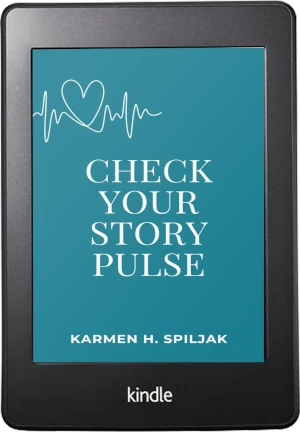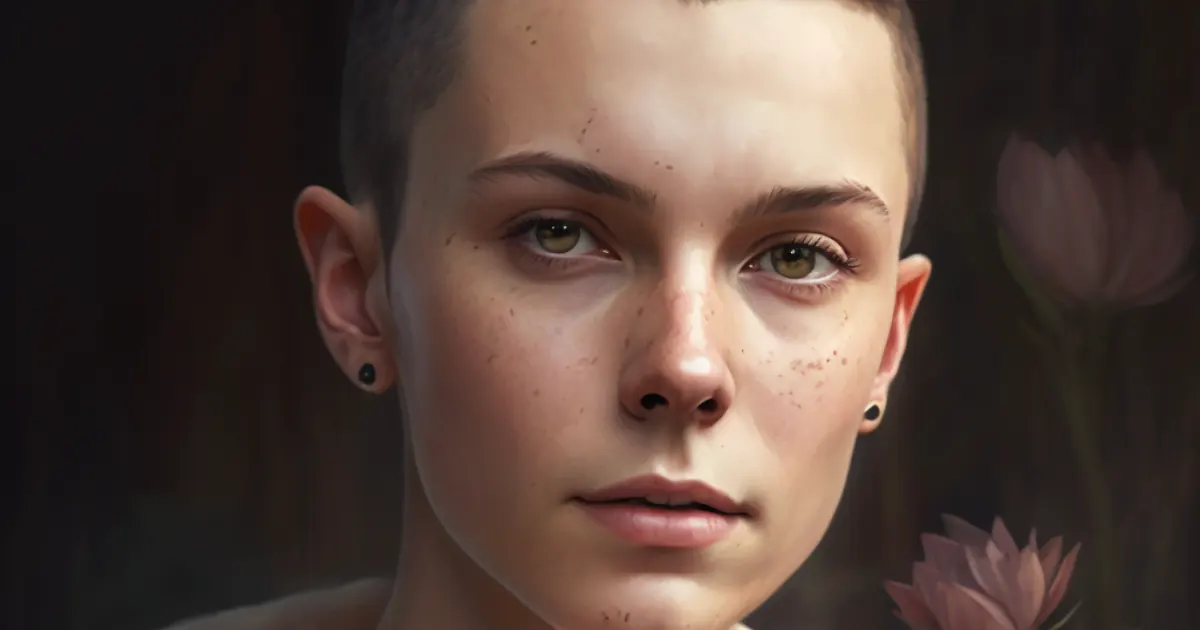The best characters don’t follow orders.
If you’ve written fiction for a while, you’ve probably had that exhilarating moment when your characters suddenly come alive. They stop being flat ink on the page and start acting like they’ve got their own stubborn little minds. They talk back, make questionable choices, and drag your story in directions you didn’t plan.
It’s magic. And it’s maddening.
Because as thrilling as it is to watch them do their thing, it also means your carefully polished outline starts wobbling. Suddenly you’re wondering: do I force them back on track, or do I follow where they’re headed?
Here’s the truth: wrangling your characters into obedience never works. Readers can smell it a mile away. When motivation goes fuzzy and actions don’t ring true, characters stop feeling like people and start looking like chess pieces shoved across a board by the invisible hand of The Author. And that’s the fastest way to break the sacred pact you’ve made with your reader: let me believe this story is real.
Your fingerprints don’t belong in the scene. So what do you do when your characters misbehave? You pause. You listen. And then you write a discovery scene.
What’s a Discovery Scene?
A discovery scene is a freewheeling, low-pressure experiment. You drop your characters into a situation (sometimes one that won’t even make it into the final book) and let them show you who they really are. Think of it as rehearsal footage – messy, raw, but often more revealing than the polished performance.
When I coach writers, I’ll often ask them to draft out a full scene about a turning point, whether it’s backstory, an early incident, or even a conflict that lives entirely outside the plot. Most of these scenes will never survive to the final draft, but they do the crucial behind-the-scenes work of unlocking motivation.
And motivation is what makes your story tick. But to get to it, you need to dig deep. How? By dramatising instead of summarising so you can get under your characters’ skin. You see how they react, what they avoid, what they fight for and why. That understanding is gold. It lets you lace the ‘real’ story with subtle, authentic details that readers will pick up on instinctively.
Four Discovery Scenes Worth Trying
1. The Misbelief Origin Story
Write the moment your character’s core misbelief took root. Who was there? What exactly happened? What did they believe before, and how did this event twist that belief into something darker or more fragile? Since misbeliefs often power the character arc, knowing the root gives you the keys to everything that follows.
2. The Turning Point
Take a crucial plot moment (even one you haven’t fully figured out yet) and play it out in scene. How does your character respond? Do they fight change, embrace it, or deny it altogether? Watch their body language, their dialogue, their thoughts and silences. This tells you not just what happens, but what it means to them.
3. Facing the Fear
Shove your character up against the thing they most dread. What lengths do they go to in order to avoid it? And when there’s no escape, how do they react? Or rise? Fear scenes are brutal, but they’ll tell you everything about your character’s limits and resilience.
4. Conflict in Action
Put your character toe-to-toe with someone important in the story. Do they argue, withdraw, manipulate, compromise? Do they need to have the last word, or do they play diplomat? How they handle conflict is often the clearest window into who they really are.
Over to You
Your characters will never be neat. They’re not supposed to be. But writing discovery scenes is a way to sit with the mess, let them talk, and figure out what really makes them tick.
Have you ever tried writing discovery scenes? Did they change how you saw your characters or your story? Drop a comment and let me know.











